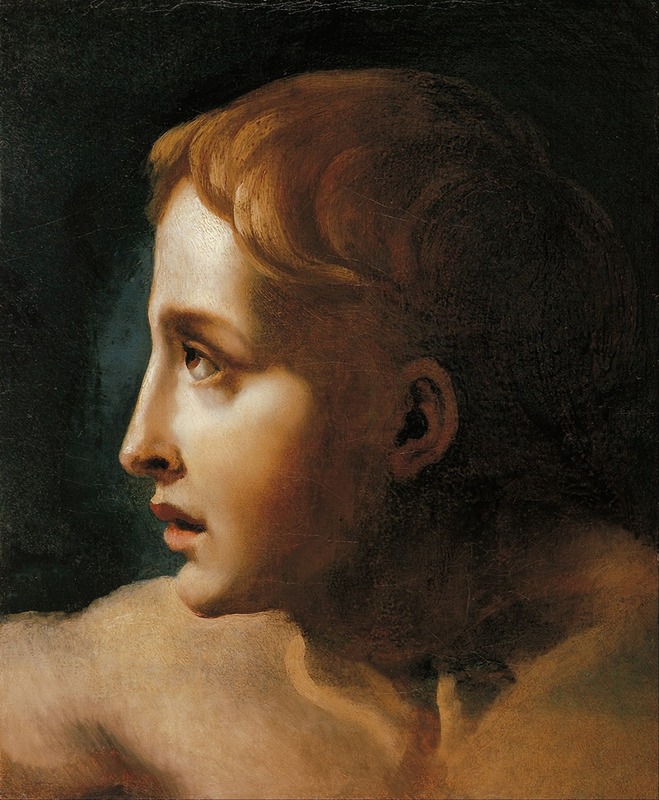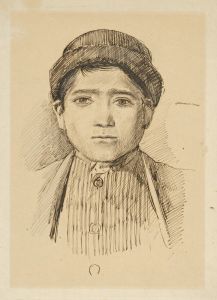
Head of a Youth
A hand-painted replica of Théodore Géricault’s masterpiece Head of a Youth, meticulously crafted by professional artists to capture the true essence of the original. Each piece is created with museum-quality canvas and rare mineral pigments, carefully painted by experienced artists with delicate brushstrokes and rich, layered colors to perfectly recreate the texture of the original artwork. Unlike machine-printed reproductions, this hand-painted version brings the painting to life, infused with the artist’s emotions and skill in every stroke. Whether for personal collection or home decoration, it instantly elevates the artistic atmosphere of any space.
Théodore Géricault's Head of a Youth is a lesser-known work attributed to the French Romantic painter, who is best known for his masterpiece The Raft of the Medusa. Géricault (1791–1824) was a pivotal figure in the Romantic movement, and his works often explored themes of human emotion, suffering, and the fragility of life. While Head of a Youth is not as widely studied or documented as some of his other works, it reflects his skill in capturing the human form and his interest in psychological depth.
The painting depicts the head of a young male, rendered with striking realism and attention to detail. Géricault’s use of light and shadow emphasizes the contours of the face, giving the subject a lifelike presence. The work is believed to be an example of Géricault's studies of human anatomy, a recurring theme in his oeuvre. He was known to have studied cadavers and severed body parts to better understand the structure of the human body, which informed the realism in his art. This dedication to anatomical accuracy is evident in Head of a Youth, where the facial features are meticulously rendered.
The medium of the painting is oil on canvas, a technique Géricault frequently employed. The brushwork is both precise and expressive, characteristic of his Romantic style. The subdued color palette and dramatic contrasts in lighting suggest an emotional intensity, a hallmark of Géricault’s approach to portraiture and figure studies.
The exact date of creation for Head of a Youth is not definitively documented, but it is generally associated with the early 19th century, during Géricault’s active years as an artist. The painting is often categorized as a study or preparatory work rather than a finished piece intended for public exhibition. Such studies were common in Géricault’s practice, as he sought to refine his understanding of human expression and form.
As of now, the painting is housed in a private collection or a lesser-known institution, and it has not achieved the same level of fame as Géricault’s larger, more ambitious works. Nevertheless, it remains an important example of his artistic process and his commitment to exploring the human condition through art.
Due to the limited documentation and scholarly attention given to Head of a Youth, much of its historical context and provenance remain unclear. However, the work continues to be appreciated for its technical mastery and its contribution to the broader understanding of Géricault’s artistic legacy.


















